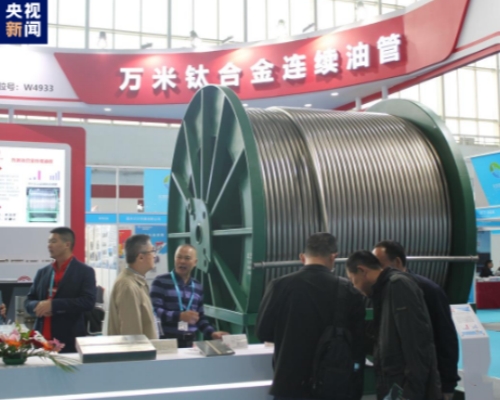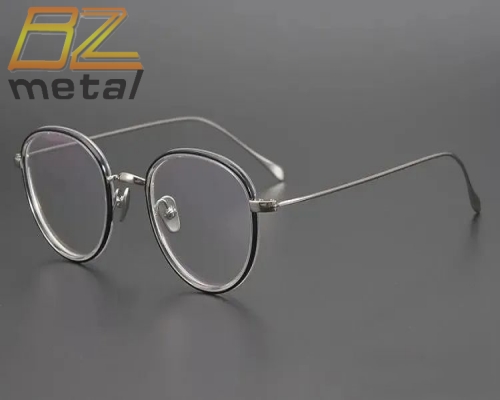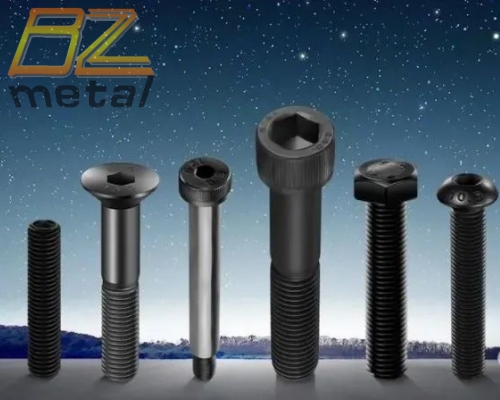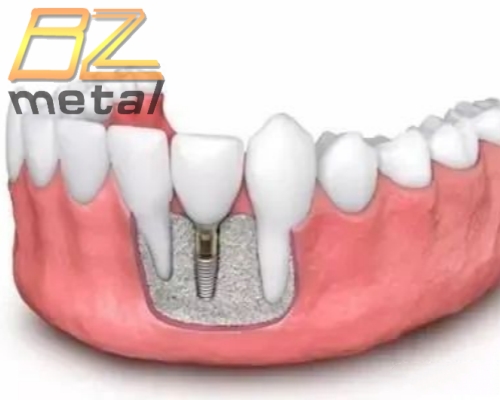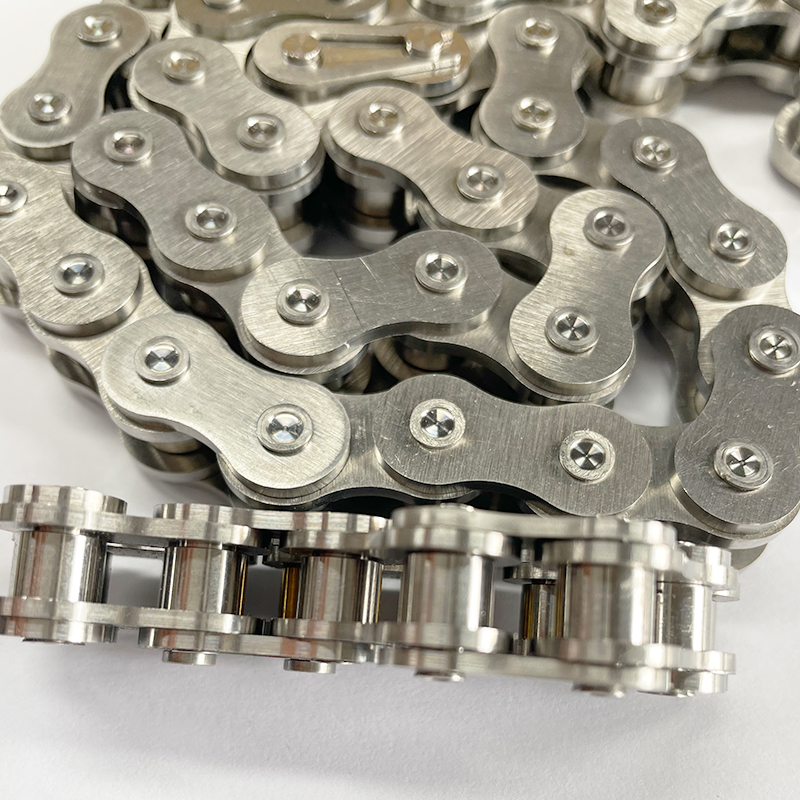Manual Welding Technology Of Titanium Alloy Catheter
Manual Welding Technology Of Titanium Alloy Catheter
Titanium alloy has the characteristics of low density, high strength, corrosion resistance, etc. As a new type of material, titanium alloy pipes are widely used in the aerospace field, and titanium alloy conduits account for an increasing proportion of aviation engine pipelines. In addition, titanium alloy is a very active metal. It has a great affinity for oxygen, hydrogen, nitrogen and other gases at high temperatures, and has a strong ability to absorb and dissolve gases, especially during the welding process. This ability is particularly strong with the increase of welding temperature. During welding, the absorption and dissolution of oxygen, hydrogen, nitrogen and other gases need to be controlled to avoid product scrap, which brings great difficulties to titanium alloy tube welding.
Manual Argon Arc Welding Of Titanium Alloy Catheter
1. Weldability Of Titanium Alloy Catheter
(1) Brittleness Of Welded Joints
At room temperature, titanium reacts with oxygen to form a dense oxide film, which makes it have good chemical stability and corrosion resistance. At high temperatures, especially during the welding process, titanium alloys react with oxygen, hydrogen, and nitrogen extremely quickly. When harmful gases such as oxygen, hydrogen, and nitrogen invade the bath, the plasticity, toughness, and surface color of the welded joints have obvious changes, especially above 882℃. The grain growth of the joint tends to be serious, and martensitic tissue is formed when it cools, resulting in a decrease in the strength, hardness, plasticity, and toughness of the joint. The tendency to overheat is serious, and the joint is severely brittle. Therefore, during titanium alloy welding, comprehensive and reliable gas protection should be carried out for the bath, droplets and high temperature zone, whether it is front or back.
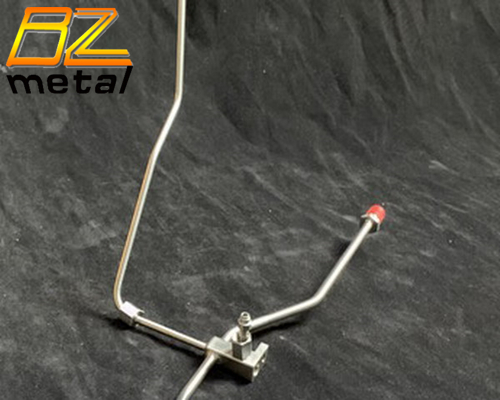
(2) Pores
Pores are the most common defects in titanium and titanium alloy welding, mainly near the fusion line. Hydrogen is the main cause of the formation of pores. During welding, titanium has a strong ability to absorb hydrogen (stronger at high temperatures), but its solubility decreases significantly as the temperature drops, so the hydrogen dissolved in the liquid metal often gathers near the fusion line before it can escape to form pores.
(3) Delay Cracks In The Near-Seam Area
Titanium alloy is within a period of time after welding. Cracks (delay cracks) are often prone to appear in the near-seam area.The reason for this is the diffusion of hydrogen from the high-temperature bath to the low-temperature heat-affected zone. As the hydrogen content increases, the amount of TiH2 precipitated increases, which increases the brittleness of the heat-affected zone, coupled with the tissue stress generated when the volume of the precipitated hydrogenated body expands, which eventually leads to cracks.
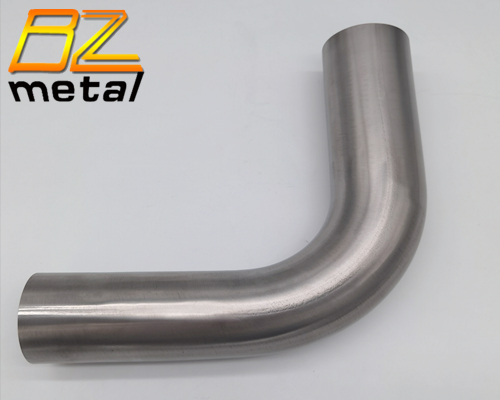
2. Welding Requirements And Precautions For Titanium Alloy Catheters
(1) Try to set up a dedicated welding workshop, smoking is strictly prohibited indoors, the environment is kept clean and dry, and the convection of air is strictly controlled.
(2) Welders wear clean overalls and degreased gloves when welding, and it is strictly forbidden to touch parts with bare hands.
(3) The welding area and the surface of the welding wire should be degreased with acetone.
(4) The use of high-purity protective argon gas, the purity is not less than 99.99%. The air supply flow during welding should protect the front and back of the weld according to the values specified in the process regulations.
(5) During the welding process, the flow of argon gas in the tube and the argon gas in the nozzle of the welding tool should be kept constant to prevent the formation of convex and concave phenomena in the weld bath in the tube.
(6) When welding, short arc welding should be used as much as possible, and small welding line energy should be used.
(7) When the butt pipe is positioned for spot welding, the gap is less than 30% of the wall thickness.Each weld should be welded once as much as possible.
(8) During welding, the welding tool should not swing left and right, and the molten end of the welding wire should not be removed from the gas chamber.Air supply should be 10-15s in advance when arcing, and the welding torch should not be lifted immediately when arcing, and the air supply should be delayed for 15-30s until the temperature drops below 250℃.
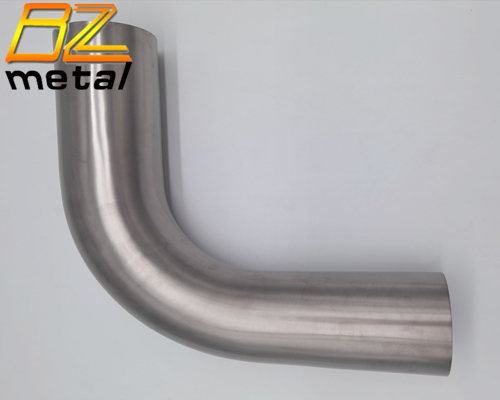
3. Welding Process
1) Clean Up Before Welding.
The generation of welding defects has a lot to do with the cleanliness of the surface of the welding parts and welding wires.Before welding, clean up the oil, water, oxide film and other dirt within 15~20mm of the edge of the pipe joint and on the surface of the welding wire. The cleaning method can use chemical methods (pickling) or mechanical means (stainless steel brushing) to remove the surface oxide. Acetone or alcohol is also used to scrub before welding. The cleaned welding parts must be welded within 24h, otherwise they need to be cleaned again. After the welding wire is pickled, it is best to go through vacuum dehydrogenation treatment, and degrease with acetone before welding.
2) Gas Protection. When welding titanium pipe joints, in order to prevent the welded joints from being contaminated by harmful gases and elements at high temperatures, the welds must be protected with the necessary argon gas, and the purity is not less than 99.99%.
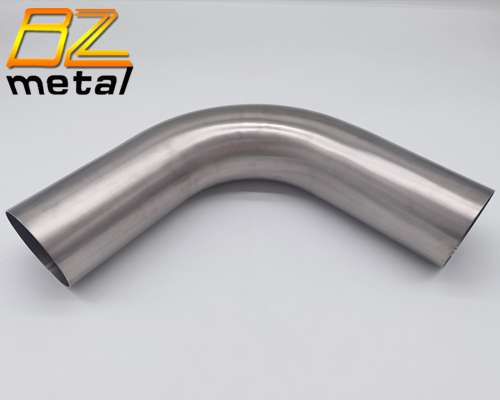
3) Selection Of Welding Process Parameters.
(1) The Choice of Welding Wire. The grade of the filled welding wire should be selected according to the base material. The principle of homogeneity with the base material is generally adopted. Sometimes, in order to improve the plasticity of the joint, the welding wire with a slightly lower degree of alloying than the base material can also be selected. The choice of welding wire diameter should be based on the thickness of the base material.
(2) Selection Of Power Supply And Polarity. Titanium and titanium alloy welding generally uses DC manual tungsten argon arc power supply, and its polarity connection method adopts DC positive connection.
(3) The Choice Of Tungsten Electrode. The diameter of the tungsten electrode is selected according to the wall thickness of the titanium alloy tube, which is generally Between 1.0-3.0mm, the tungsten extremes should be ground into a cone of 25° to 45°.
(4) Selection of welding current and other parameters.

